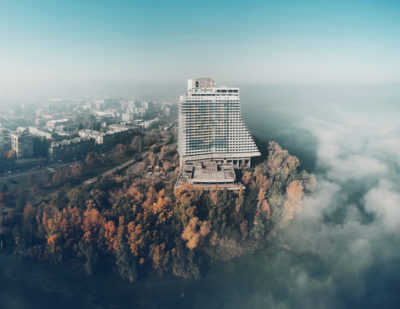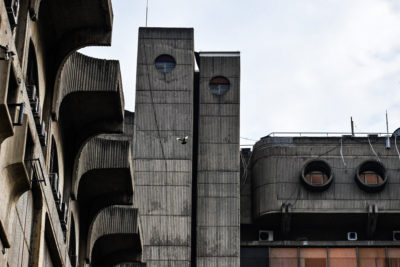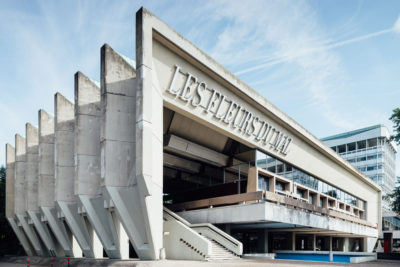Soviet-era Cinema in Panevežys, Lithuania Could Not Be Saved
Regardless of an outcry both locally and abroad, a much-loved cinema could not be saved and the city of Panevėžys, Lithuania lost an architectural gem. For some the chance to remove something connected to a complex past was an easy choice – after all what precisely was it a reminder of? An oppressive regime? The central delivery depot of a culture that everyone wanted gone?
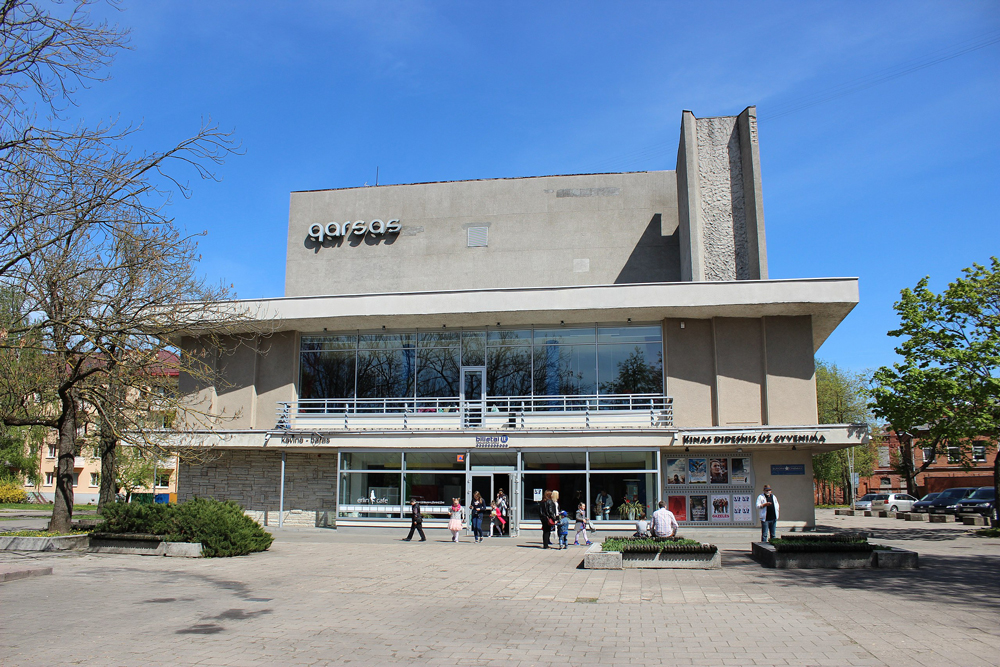
Kino Teatras Garsas Panevėžys
Nina Fridmaniene established Panevėžys’ first cinema in her home in 1928. She understood that any aspiring town needed a kino and by then The Jazz Singer, the world’s first ‘talkie’ was a worldwide sensation. Less than two years later, on April 4th 1930, she created another piece of cinematic history when she opened her new purpose-built cinema, Sirena – in English, Siren. It had a fully functioning sound system which enabled her to show the first ‘talking picture’ in Panevėžys.
1939 saw a change of ownership and name, Cinema Garsas (sound) began its life.
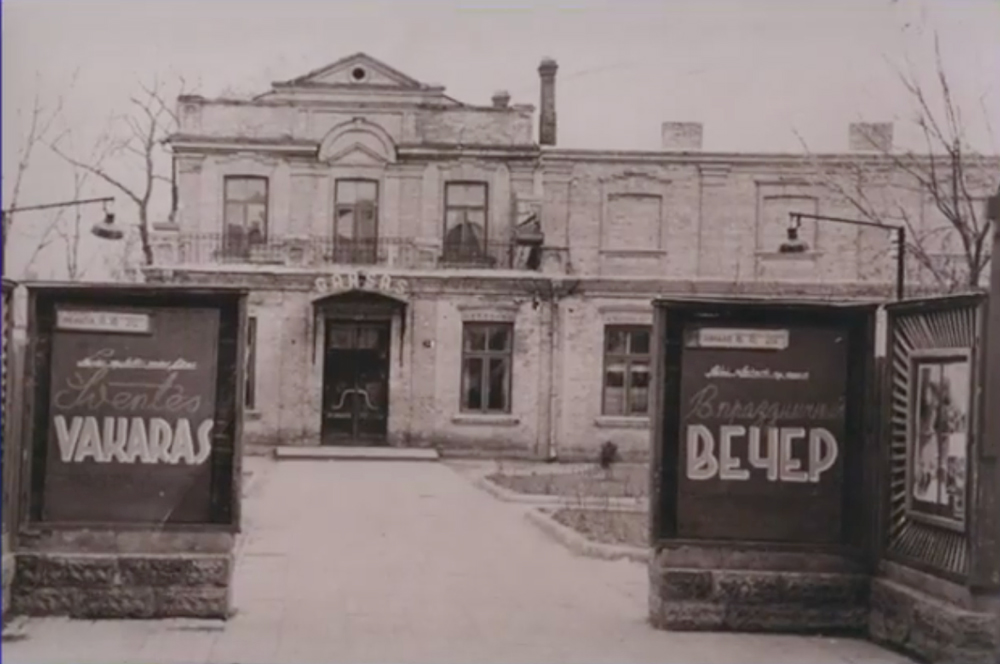
Garsas Cinema 1939

Sodom and Gomorra shown for one night before it was banned
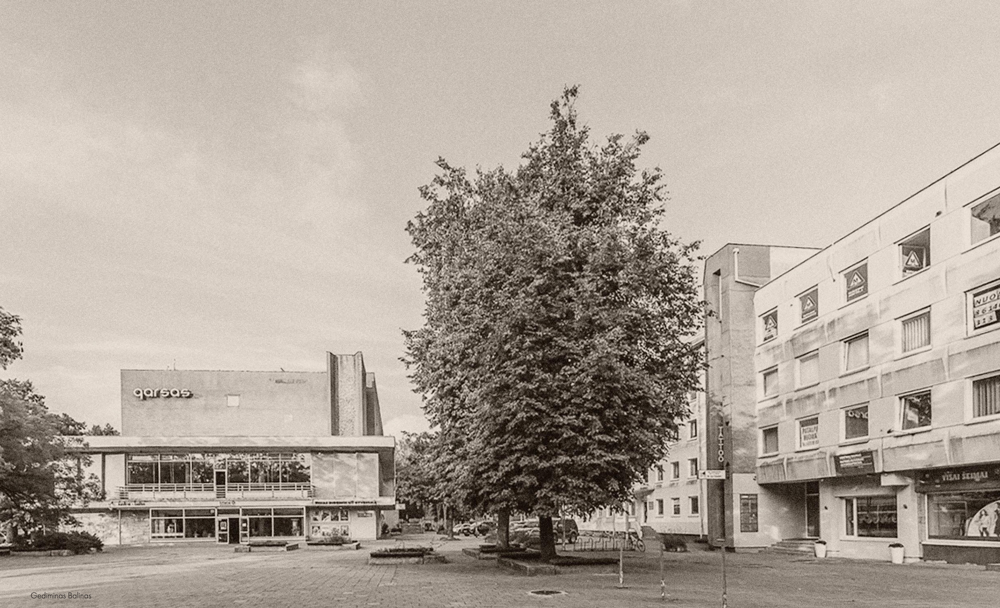
Image with thanks to Elena Staskute.
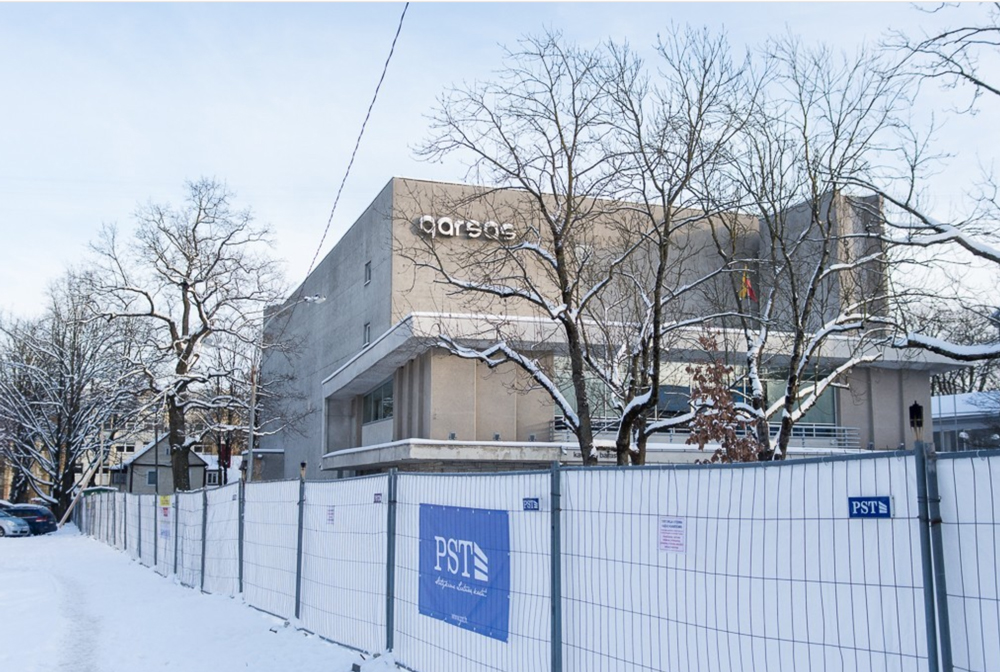
Behind fences in 2021
The war years were brutal for the town’s residents with a seesawing of who took charge of the territory – by late June 1941, it was under Nazi rule and in 1944 once again the Soviets. By the end of the war, 96% of Lithuanian Jews had been murdered mostly in forested areas outside the centre of towns including Panevėžys. When the Soviets drove the Nazis and their collaborators out, they recommenced their mass deportations in appalling conditions of intellectuals and anyone they regarded as a class enemy to the industrial region beyond the Urals and Siberia.
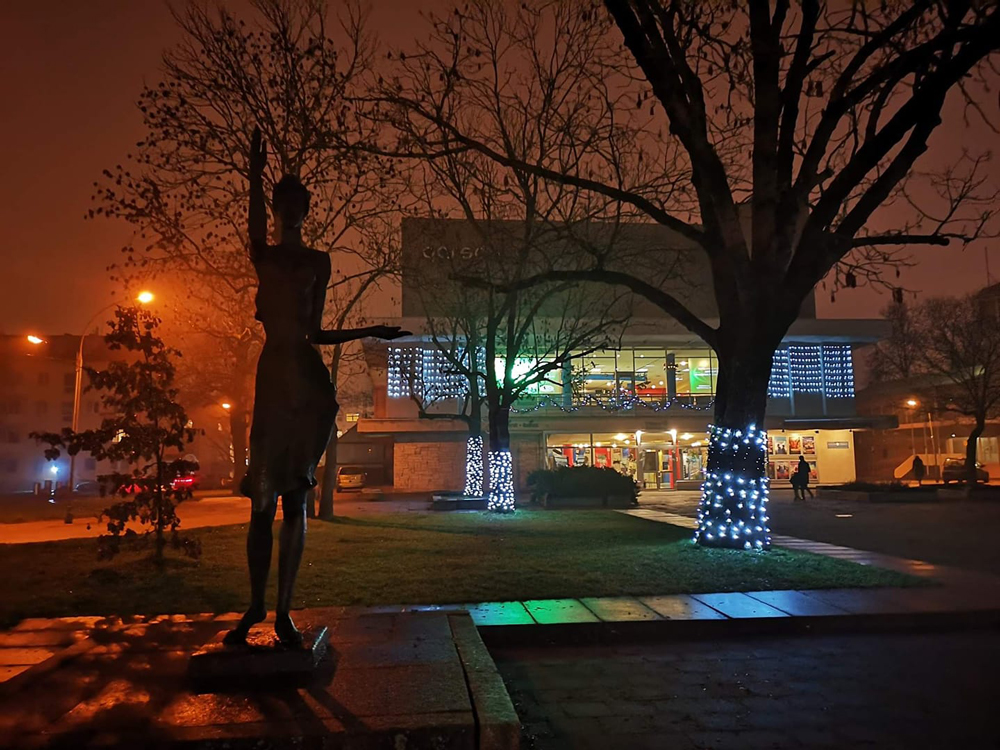
“Industry” by Bronius Vyšniauskas 1979 (created as a result of the Labour Productivity ’70 competition)
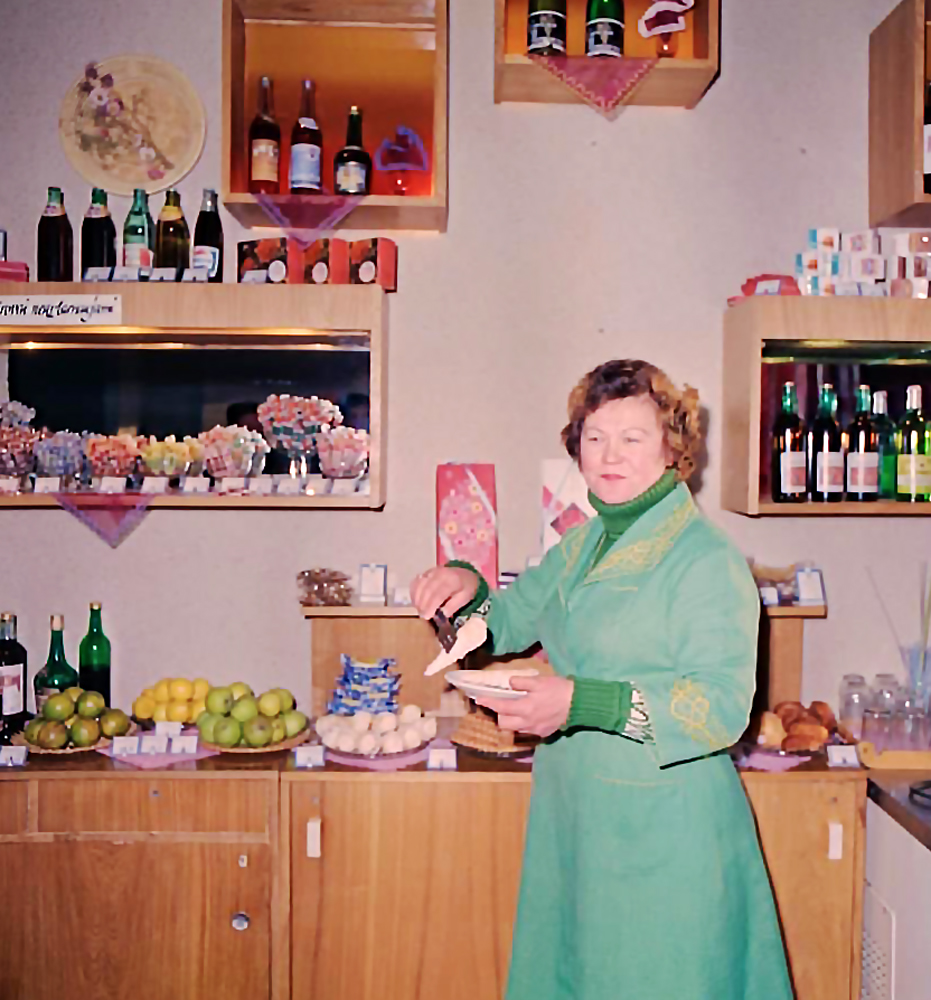
The bar in the auditorium 1968
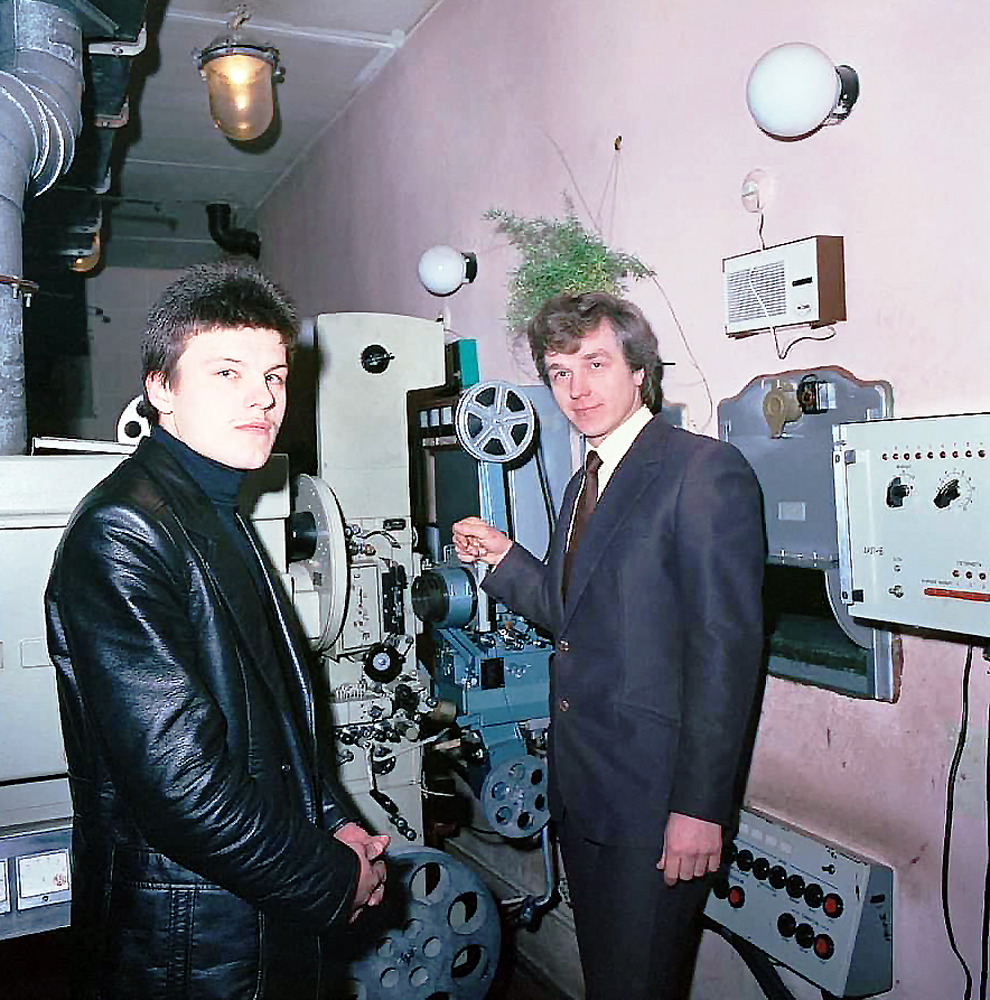
The Projectionists 1968
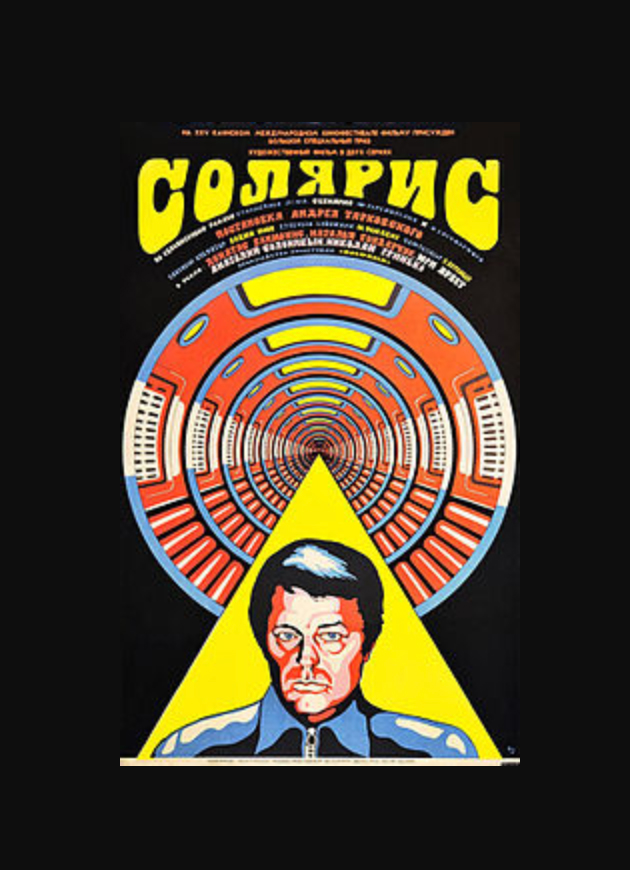
Solaris USSR Poster Creative commons fair use
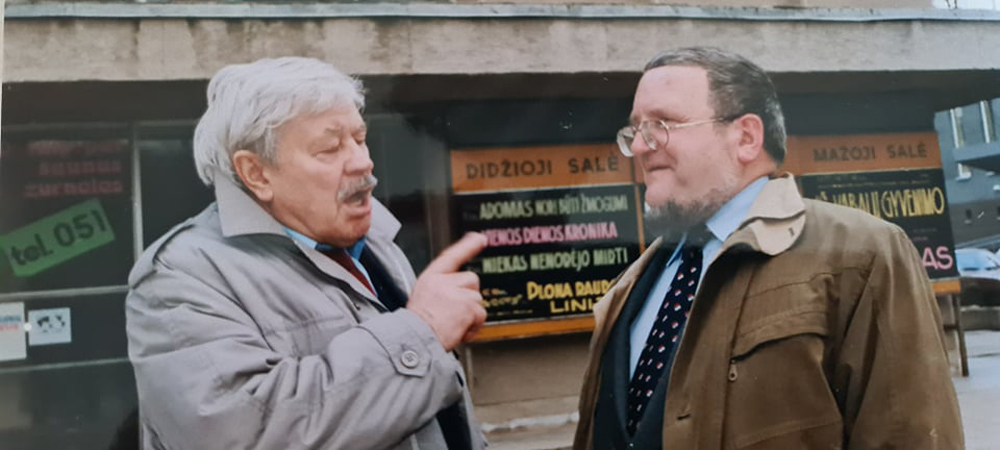
Donatas Banionis (star of Solaris) at the Garsas cinema with a film critic Skirmantas Valiulis
And so it happened with the cinema – developers came with new ideas which appealed greatly to some in the town but for many of the local activists with a genuine appreciation for the architecture – the cinema, a rare example of its kind in Lithuania- the idea of bulldozing all or part of the building was too much to bear. Internationally there has been a growing recognition of the importance of preserving historic film and sound recordings and this building, the activists say, is part of that heritage.
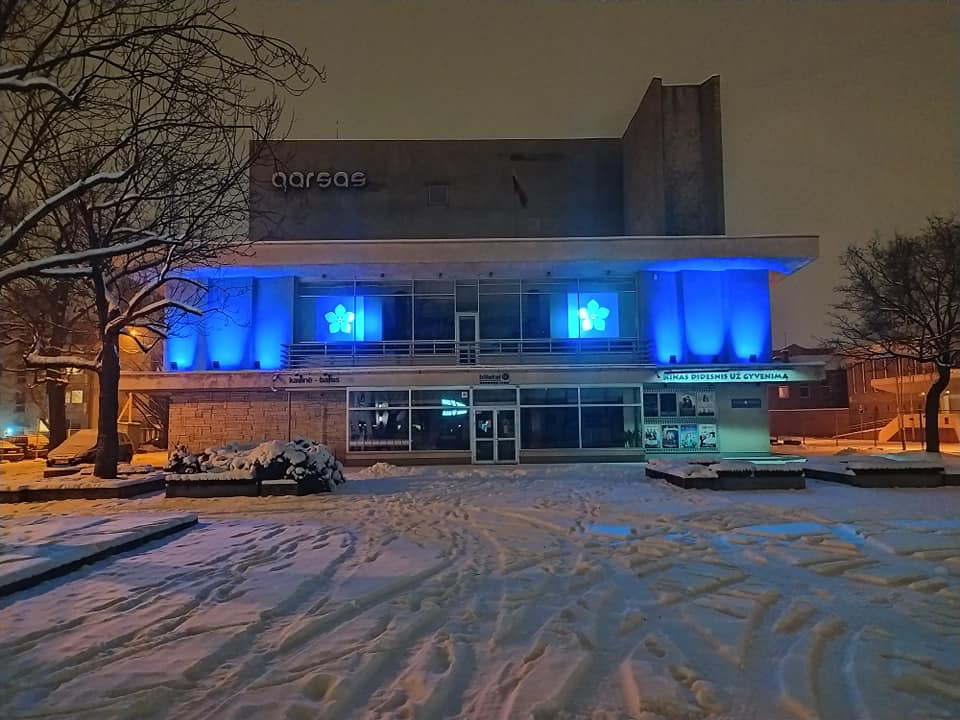
Kino Teatras Garsas Panevėžys
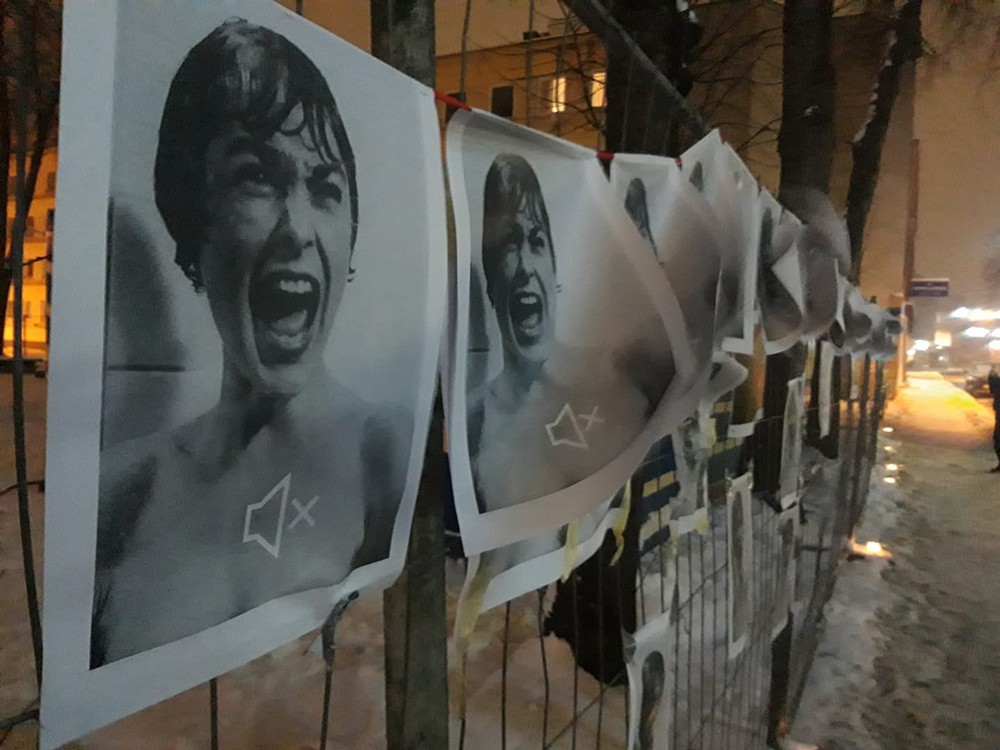
Protest at the cinema
Jurgis, a conservationist and local campaigner shared his thoughts whilst there was still a hope of saving the building:
‘Local groups of supporters have been trying to stop the demolition of the building, and a petition has gathered several thousand signatures. Film artists and the Europa cinema group has shared a video supporting our campaign. The building has an important historical and cultural value.
Instead there is a plan to build a massive new gallery in its place. One of the many criticisms is that the design of the new building seems to be too big for the proposed space and will damage the surrounding harmony of lower buildings and block people’s views. I doubt it would be approved in other cities’.
What you can do to help
Join the Facebook group for up to date postings about how to support fans of Kino Teatras Garsas
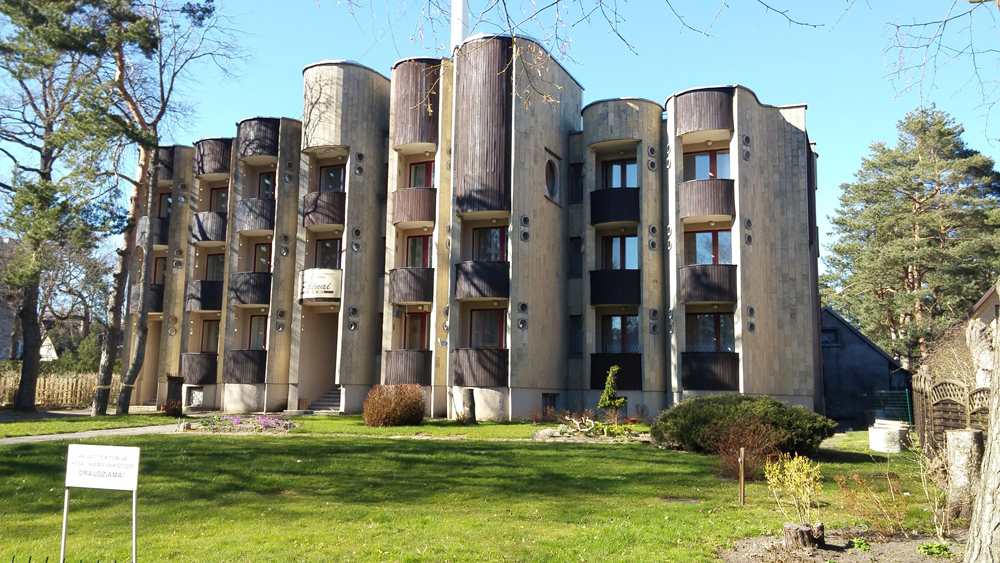
Pilenai Apartments Architect Vykis Juršys Image Liutauras Nekrosius
The Architect and his projects
Vykis Juršys
Projects:
Panevėžys, Lithuania
Architect: Vykis Juršys
Year: 1968
Other works by the architect:
Holiday resort hotel Pilėnai, Palanga, on the Baltic sea.
Cinema ‘Aidas’, Druskininkai (now converted to a shopping centre)









